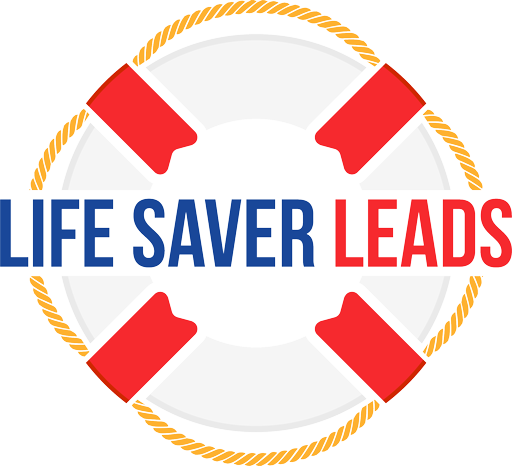Measuring the return on investment (ROI) of your Platform Life Saver lead campaigns and effectively integrating them into your sales funnel are critical aspects of optimizing your marketing efforts. Let’s break down each of these components:

Measuring ROI: Assessing the Effectiveness of Your Platform Life Saver Lead Campaigns
1. Define Key Performance Indicators (KPIs):
- Identify specific metrics aligned with your campaign goals, such as lead generation, conversion rates, and revenue generated.
2. Attribution Modeling:
- Implement a robust attribution model to track and attribute conversions accurately. This helps understand which touchpoints contribute most to conversions.
3. Use Analytics Tools:
- Leverage analytics tools, such as Google Analytics, to monitor the performance of your lead campaigns. Track user behavior, conversions, and other relevant metrics.
4. Customer Segmentation:
- Analyze the data based on customer segments to understand which demographics or customer groups are responding most positively to your campaigns.
5. Cost Analysis:
- Calculate the overall cost of your lead campaigns and compare it against the revenue generated. This will help determine the cost-effectiveness of your efforts.
6. Time Analysis:
- Measure the time it takes for leads to move through the sales funnel. This can provide insights into the efficiency of your campaigns.
7. Customer Lifetime Value (CLV):
- Assess the long-term value of acquired customers. This metric helps in understanding the overall impact of your campaigns on the business.
8. Feedback and Surveys:
- Gather feedback from leads and customers to understand their experience. Use surveys to collect data on satisfaction, preferences, and areas for improvement.
9. Adjust and Optimize:
- Continuously monitor the performance of your campaigns and be ready to make adjustments. Test different elements and strategies to optimize for better results.
Integration Strategies: Incorporating Platform Life Saver Leads into Your Sales Funnel
1. Segmentation and Targeting:
- Segment your leads based on their characteristics, behaviors, and interests. Tailor your sales funnel strategies to address the specific needs of each segment.
2. Lead Nurturing:
- Develop a lead nurturing strategy to guide leads through the various stages of the sales funnel. Provide valuable content, personalized communication, and incentives to keep them engaged.
3. Alignment with Sales Team:
- Ensure strong communication and alignment between your marketing and sales teams. Share insights about leads, campaign performance, and customer feedback to enhance collaboration.
4. Personalization:
- Personalize your communication and offers based on the information gathered during the lead generation process. This increases the likelihood of conversion.
5. Multi-Channel Approach:
- Utilize a multi-channel approach to engage leads at different touchpoints. This could include email marketing, social media, webinars, and other relevant channels.
6. Automation:
- Implement marketing automation tools to streamline repetitive tasks, such as sending follow-up emails, scoring leads, and tracking interactions. This enhances efficiency and allows for timely responses.
7. Feedback Loop:
- Establish a feedback loop between your sales and marketing teams. Regularly review the performance of leads in the sales funnel and adjust strategies based on insights gained.
8. Continuous Optimization:
- Regularly analyze the performance of your sales funnel and identify areas for improvement. Test different approaches and optimize based on the data collected.
By combining effective measurement of ROI with strategic integration into your sales funnel, you can create a powerful system that not only generates leads but also converts them into loyal customers.

Recent Comments